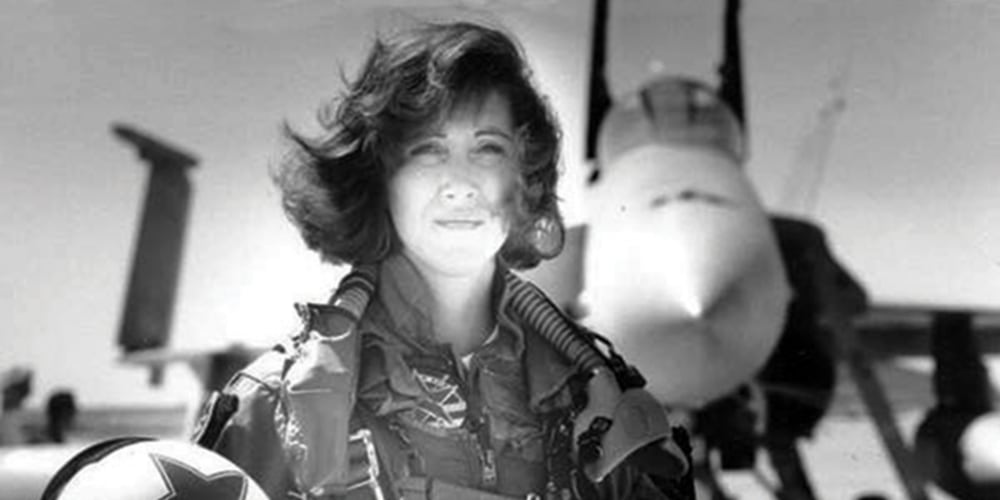Tammie Jo Shults saved the lives of nearly 150 people on Tuesday when she safely landed her Boeing 737 after it had lost an engine in mid-air. Shults was among the early women who became pilots in the Navy.
According to NBC News, Schults graduated from MidAmerica Nazarene University in Olathe, Kansas with a degree in biology and agribusiness. She then joined the Navy and became a pilot.
The Navy first began allowing women to fly planes in 1973 and that went about as well as could be expected, considering gender stereotypes of the times (not that much has changed today).
According to a 1997 CNN story:
Women were treated differently from men in one of the Navy's first units to include female fighter pilots, Pentagon sources, citing an unreleased internal report, told CNN.The Navy's Inspector General found no intentional discrimination, but criticized how the integration of women was handled in Carrier Air Wing 11, a San Diego-based aircraft carrier unit, sources said.
Of course, the prevailing thought early on was women couldn't meet the same standards as men.
F-14 pilot Lt. Carey Lohrenz was grounded following what was described as poor flying.
"I never had an accident. I never had a mishap. I never had a hook-slap. There were no dangerous in-flight issues that anybody could point to," Lohrenz said.
Her commander felt differently:
"There is no question in my mind that this individual should not be flying, based on her performance and nothing else," said Capt. Dennis Gillespie, former commander of Air Wing 11.
According to a Naval study, 13,755 men and 421 women entered naval aviation training from 1984 to 1991.
That study revealed women were accepted by their peers but were treated differently, presumably due to their gender, by their male superiors:
Significant were the findings related to flight training test scores.Peer attitudes were generally accepting; however, senior officers felt women were out of place in a combat-oriented organization.
Women achieved higher scores on the Academic Qualifications Test (AQT) (1(14172)= -5.83, p < .001), but men achieved higher scores on the Flight Aptitude Rating (FAR) (1(14159)= 19.01, p< .001).
The AQT was a written test. The FAR was an evaluation by those male superiors.
Obviously, the Navy adapted and the old-school superiors have been replaced, and in some cases, they were replaced by women, including Shults, who was the first woman to fly an F/A-18 Hornet for the Navy and later trained military pilots.
Shults left the Navy and became a pilot for Southwest Airlines. On Tuesday, she proved women can perform their job at a high level even under the most stressful of situations.

No comments:
Post a Comment